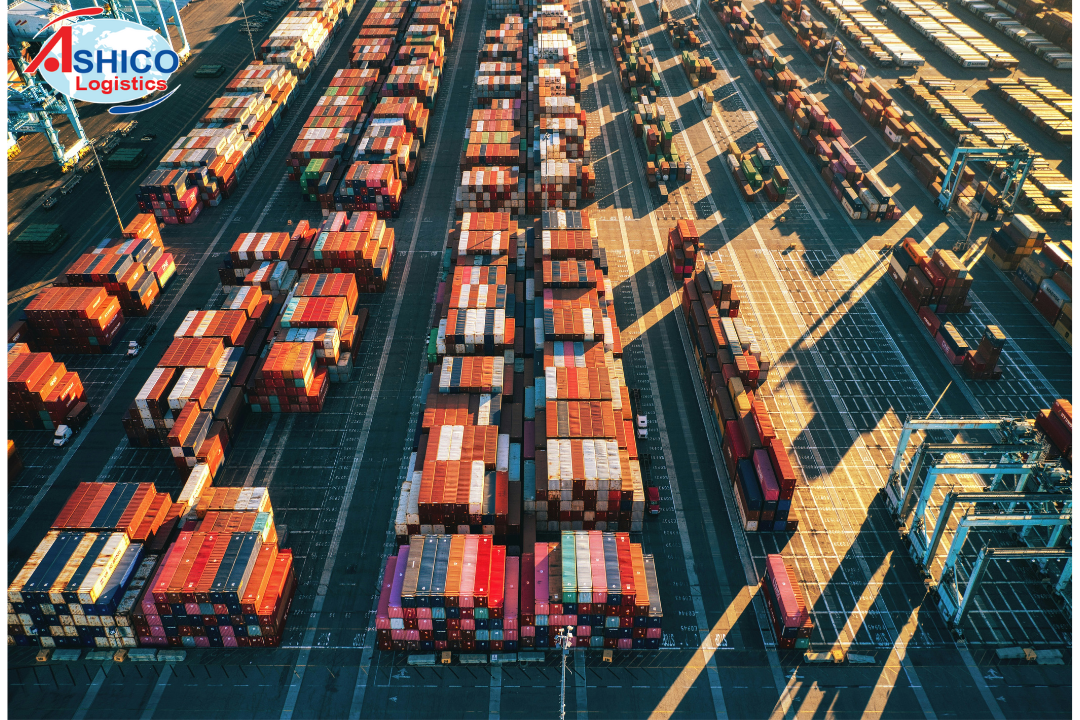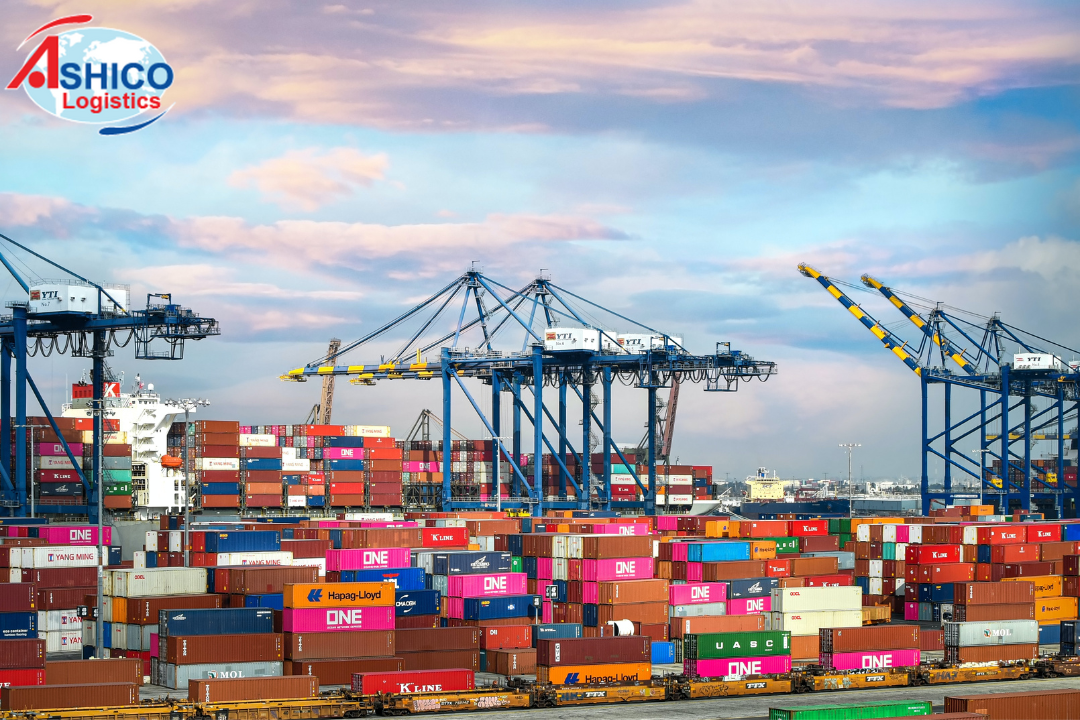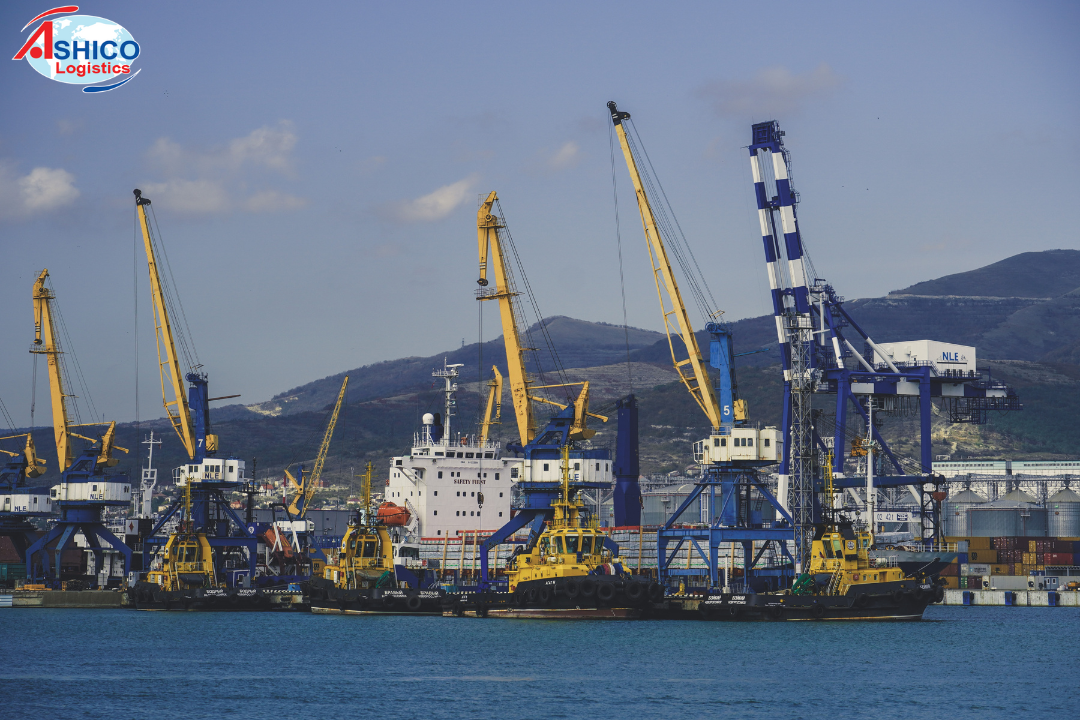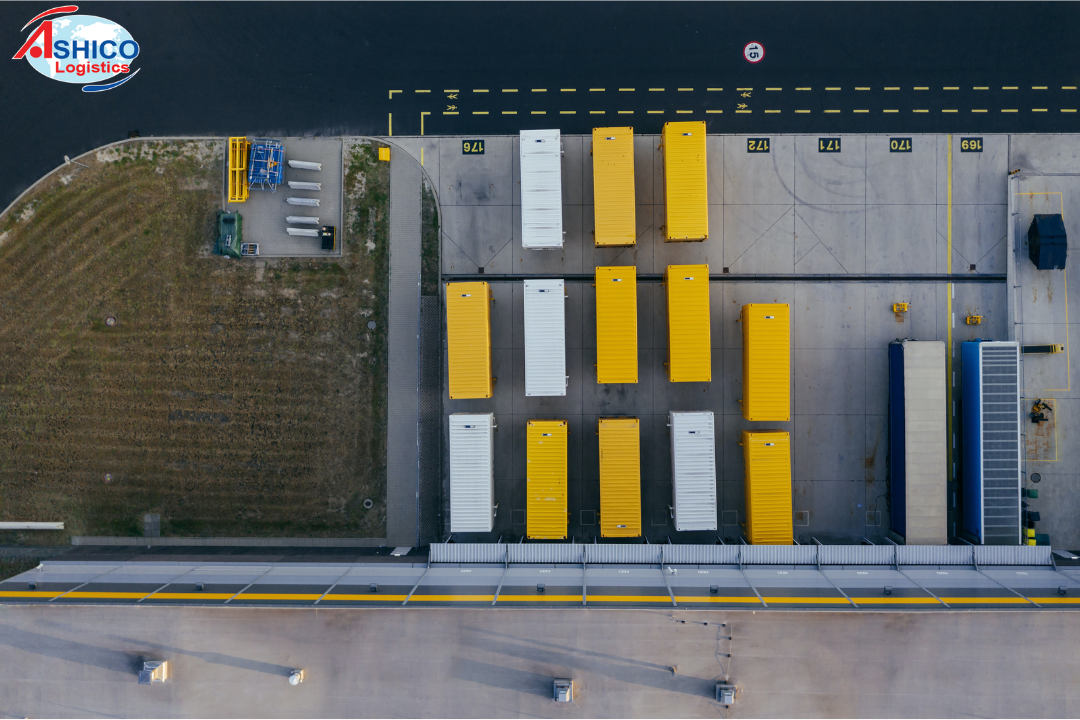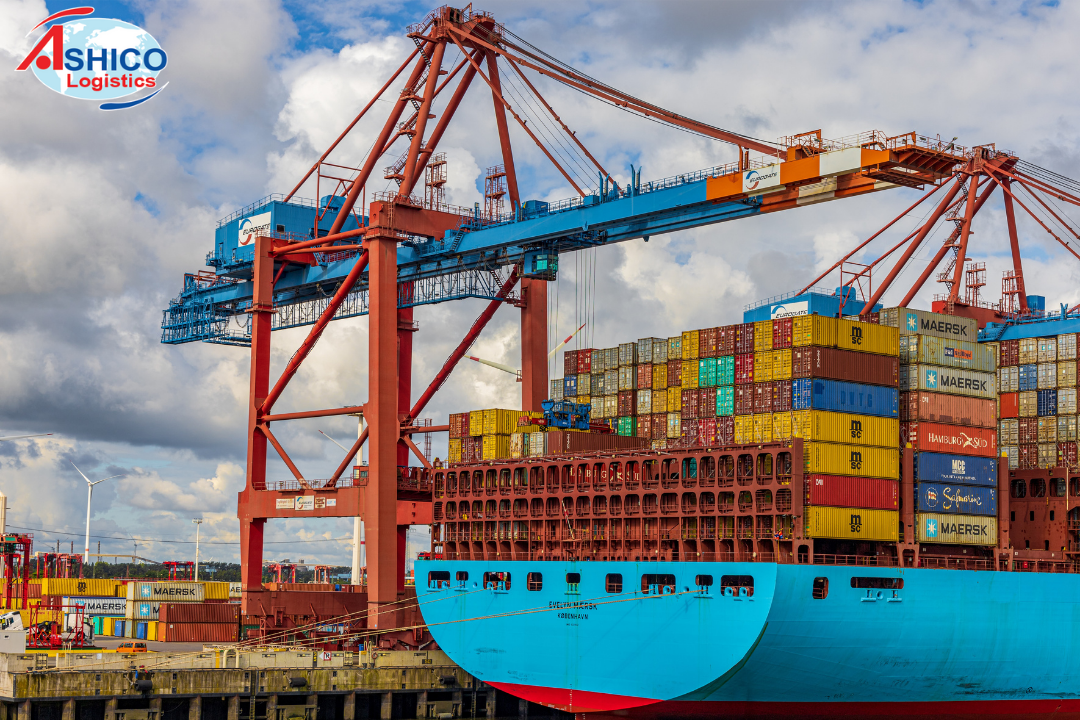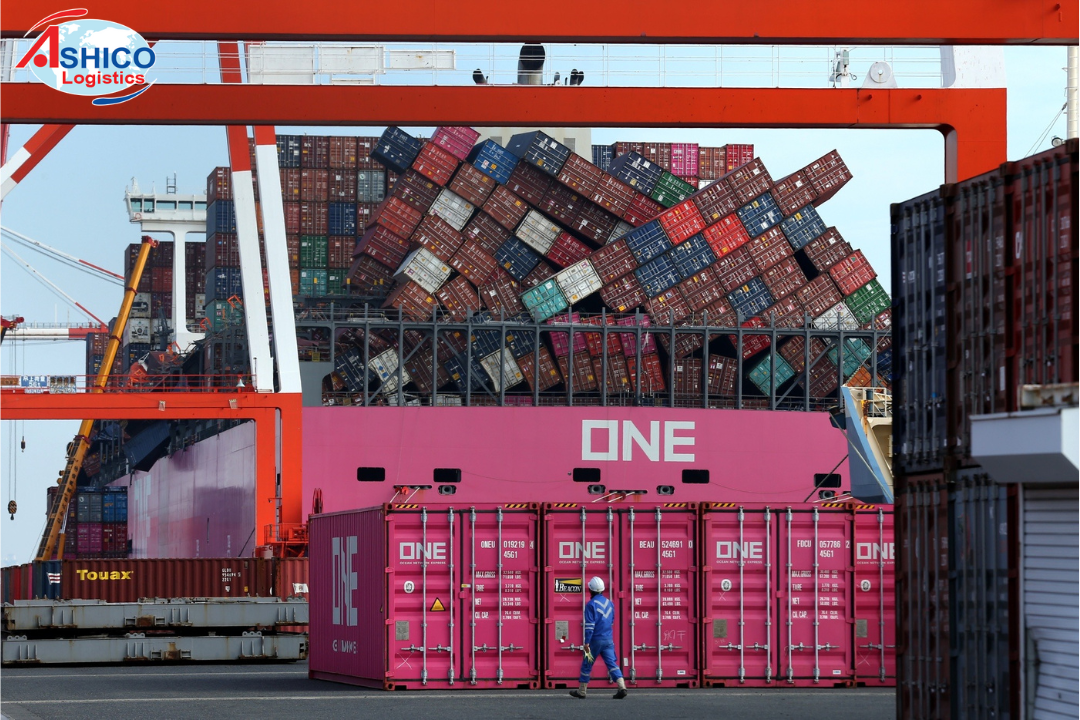
The number of lost containers at sea plummets in 2022
According to the latest report of the World Shipping Council (WSC), the number of containers lost at sea in 2022 is lower than in 2021 and 2020.
.png)
Container dropped at sea.
The "Container Lost at Sea 2023" update shows 661 containers lost in 2022, down from more than 2,000 in 2021 and nearly 4,000 in 2020.
While the 2022 figure is not the lowest figure recorded in the report's 15-year history, the WSC notes that it represents the lowest loss as a percentage of total containers. shipped at 0.00026%.
Historical data on lost containers shows peaks and troughs over the past 15 years, with some years marked by much higher losses related to individual container ship casualties and events. The year with the most damage was 2013 because the ship MOL Comfort lost 4,293 containers; 2020 saw 1,800 containers lost to severe weather from the ONE Opus and another weather event resulted in the loss of 750 containers to the Maersk Essen in 2021.
The average annual loss over the 15-year survey period was approximately 1,566 containers, with an average of 2,301 containers over the past three years.
WSC says losses to individual WSC members are mostly single digits by 2022, with only two carriers reporting losses of more than 100 containers.
"The reduction in the number of containers lost at sea by 2022 is positive news, but there is no time to be complacent. Each container lost at sea will always be too much and we will continue to work to make it happen. the sea becomes a safer place to work, and to protect the environment and goods by reducing the number of containers lost at sea,” said John Butler, President & CEO of WSC.
One of the initiatives to reduce container loss is the MARIN Top Tier Study, of which WSC is a partner. Entering its third year, the project has identified parametric rolling as a particular risk for container ships. Training materials and tools have been created to highlight the risk of such displacement, and further work is underway on the strength of containers and mooring equipment, ship operating instructions, Queuing optimization and itinerary planning as well as additional measures should be recommended.
WSC emphasizes shared responsibility for container safety throughout the supply chain, with multiple parties responsible for checking the condition of a container throughout its journey. The shipper, packer and forwarder are responsible for packing, bracing and stowing the goods inside, as well as verifying gross and cargo claims. Ports and loaders are responsible for proper handling and loading of cargo, while vessel operators are responsible for safe stowage planning, stowage supervision, safekeeping of containers and segregation. containers as needed.
The latest version of the lost container report at sea is the first annual update; Last update covers two years and previous versions covers three years. The increased reporting frequency is a response to higher container losses in 2020-2021.
WSC members represent 90% of global vessel container capacity and the figures are adjusted upwards assuming that the loss of the remaining 10% of the fleet is proportional to WSC members.

